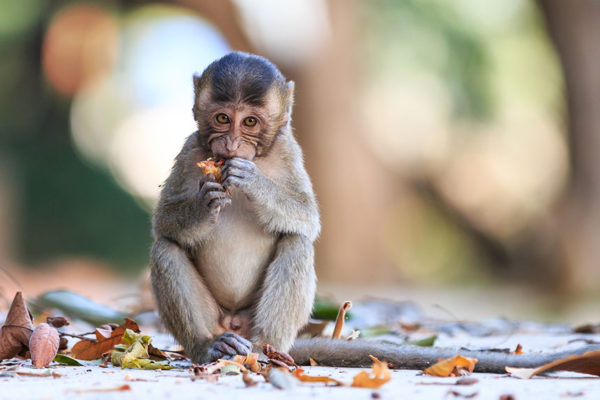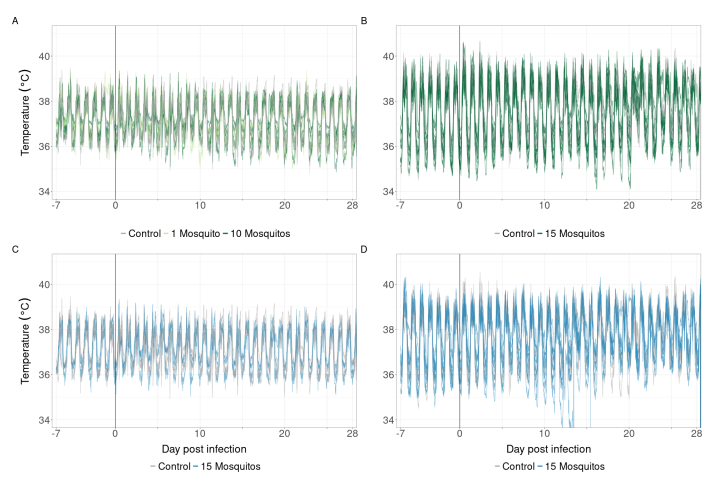News

Zika Virus More Likely to Establish Neotropical Enzootic Cycle Compared to Dengue Virus
The transference of zoonotic, in this case Mosquito-borne diseases, causing dead-end infections to pandemics, has been accelerating. Translocation of viral disease between continents is known to have happened, e.g. in the case of yellow fever originated in non-human primates in Africa was carried via ships to the neo-tropics. With increased human travel and transportation of goods this “spillover“ between continents could be on the rise. In a current study, researchers sought to establish the likelihood of the Old World diseases of mosquito borne Dengue and Zika viruses developing enzootic cycle in a neo-tropical locations. Both diseases were recently translocated to the Americas, and little is known on the trade-off and within-host dynamics and transmission of these viruses.
Cynomolgus macaques and squirrel monkeys implanted with temperature loggers
Scientist from New Mexico State University, Houston Methodist Hospital, University of Washington and UTMB used two species of non-human primates of both sexes, or a cynomolgus macaques (Macaca fasciculatis) and squirrel monkeys (Saimiri bolivensis boliviensis) of both sexes. All animals were implanted with Star-Oddi’s DST micro-T temperature loggers that were set to measure body temperature every 15 minutes throughout the study. The cynomolgus represented the Old World sylvatic or Asian host species, whereas the squirrel monkeys represented the Americas or Neotropical sylvatic mosquito species.
Temperature data show circadian rhythm
The temperature data showed circadian temperature rhythm in both species. The same control animals were used for both viral infections, and are shown in grey in the figure below. The cynomolgus macaques are shown in A and C and squirrel monkeys in B and D. Blue line is the Zika viral infection and the green is the Dengue viral infection. Normal temperature ranges were established to be 36-39.5°C for cynomolgus macaques, and 33.3-41°C for the squirrel monkeys. Two animals were euthanized due to sickness and deterioration and the drop in temperature to 34°C is seen clearly in D.

Further results can be found in the article published in Nature communications and can be found here.
